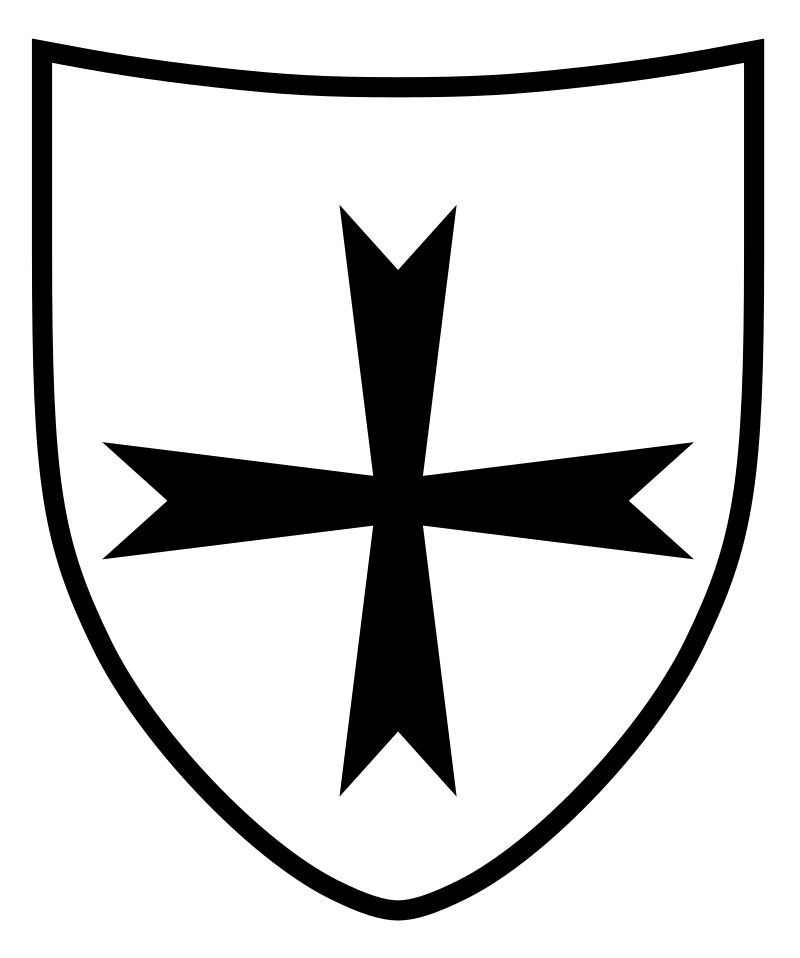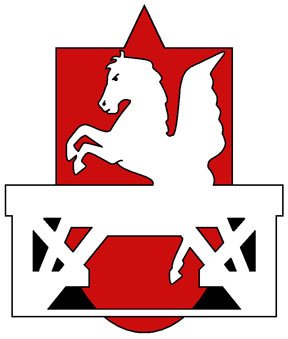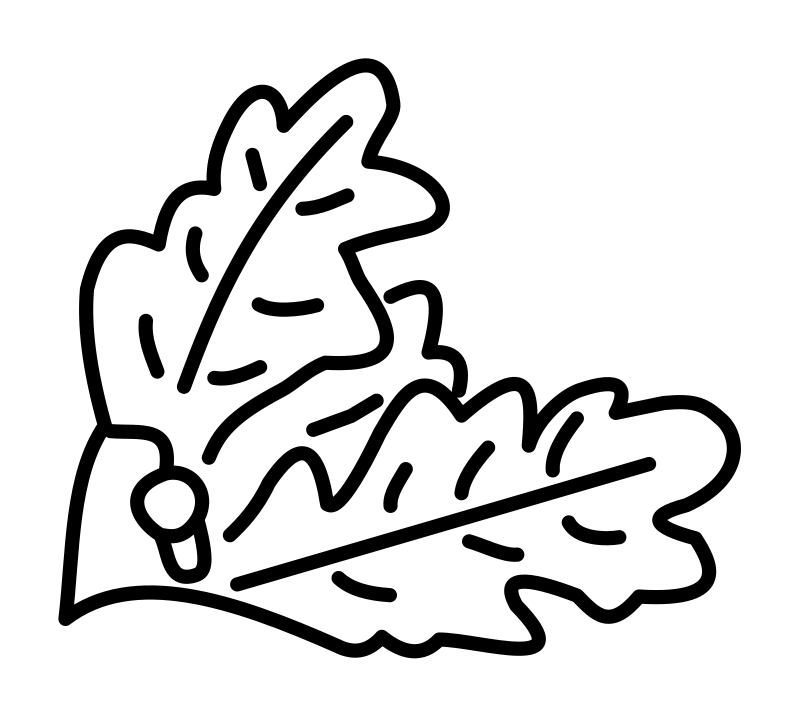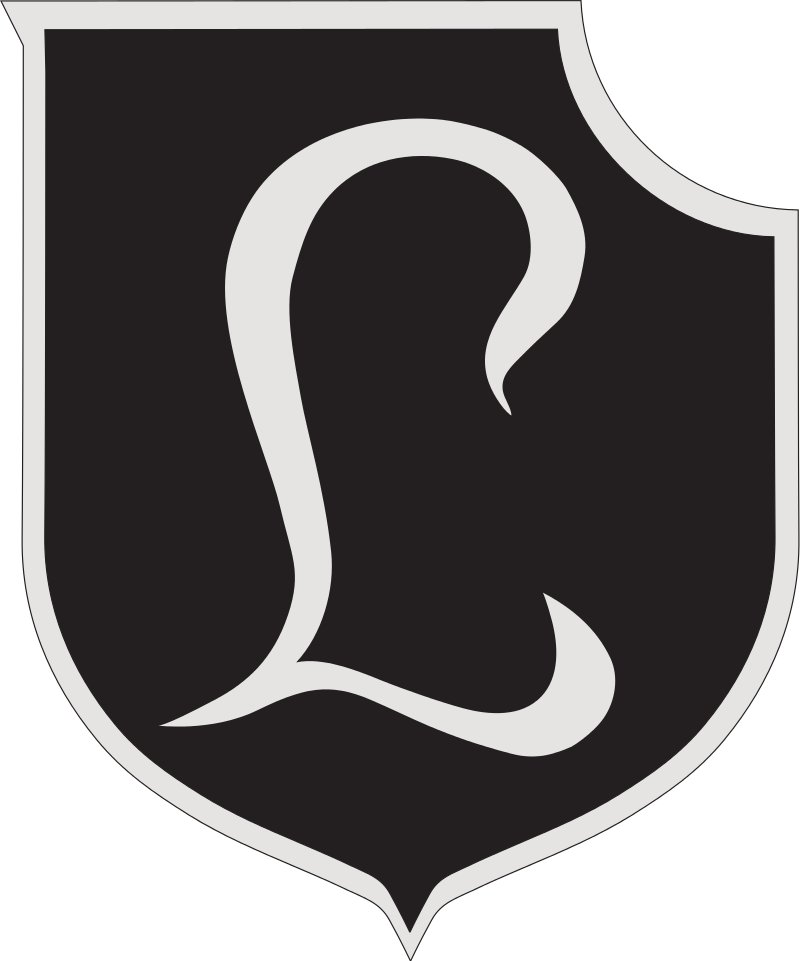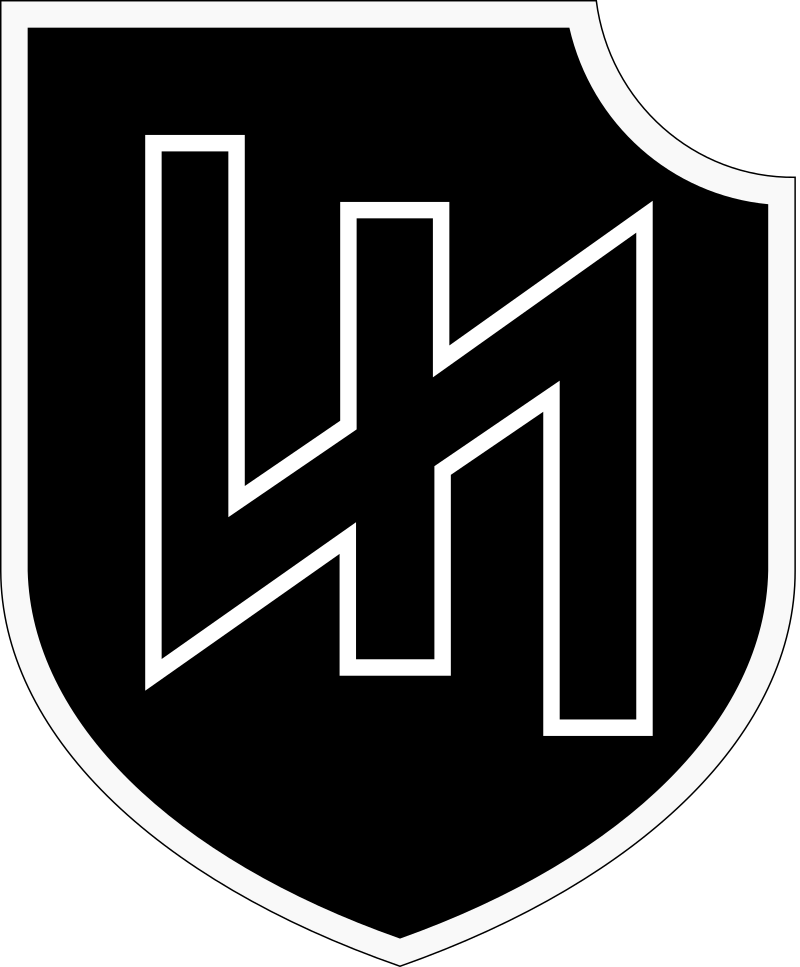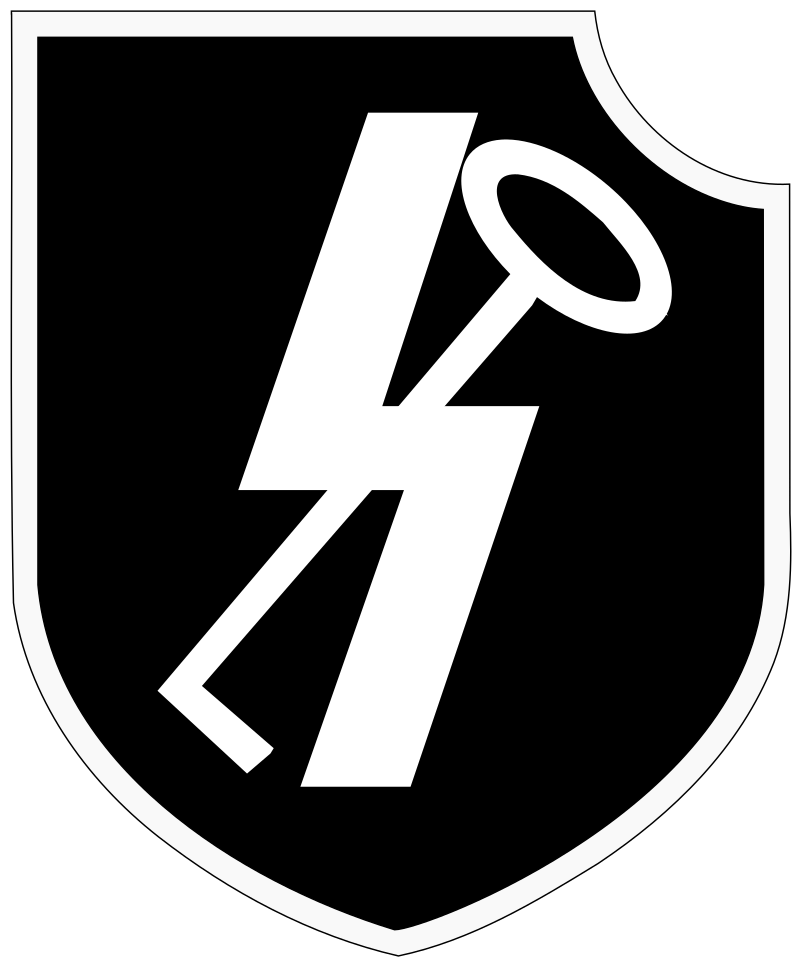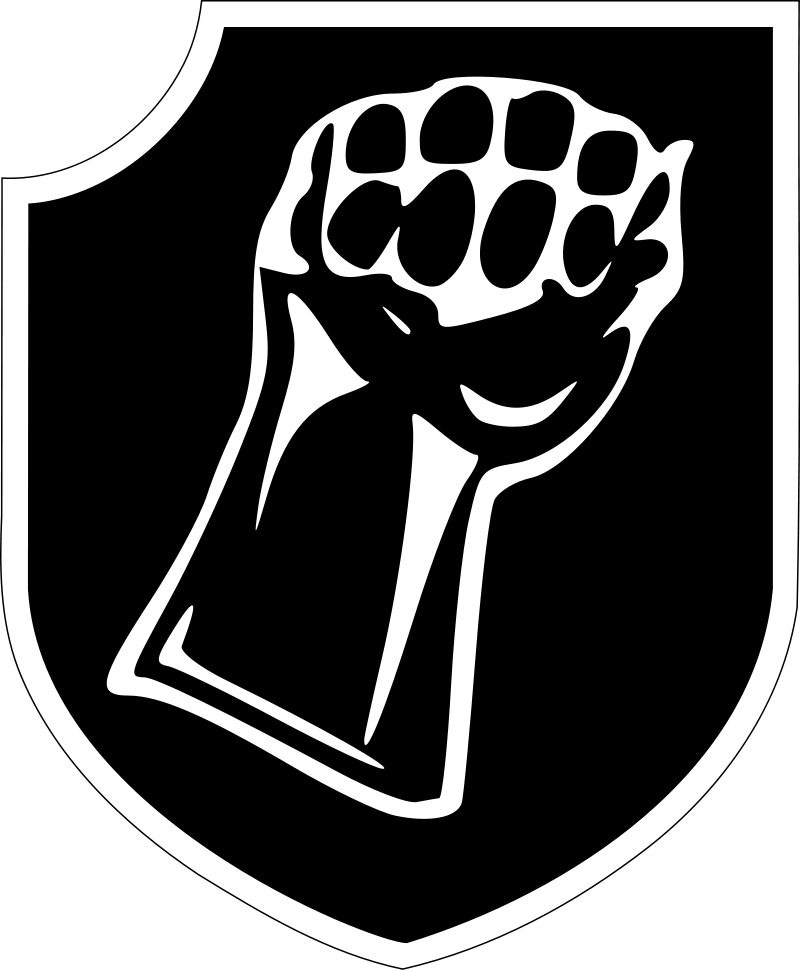The German Reich
By June of 1944 it was approaching the eleven year anniversary of the seizure of power in Germany by the National Socialist German Worker’s Party (NSDAP), commonly known as the Nazis. Under their rule, the German Weimar Republic had transformed into a heavily militarized dictatorship, which after conquering several neighbors via threats and intimidation had finally thrown the world back into war on 1 September, 1939 when they invaded Poland.
The conquest of Poland was over in a month, and was followed by Denmark, Norway, Luxembourg, the Netherlands, Belgium, France, Yugoslavia and Greece by the mid summer of 1941. The British Empire found itself standing along against the Nazi juggernaught until June of that year, when the Germans turned on their ally of convinence, the USSR. Operation Barbarossa was the largest military campaign in history, as Germany and her allies launched a genocidal invasion of the Soviet Union, conquering vast swaths of territory and driving the Red Army to the gates of Moscow before being halted.
Despite these acheivements, by 1944 the war had turned against the Germans. Disastrous defeats at Stalingrad over the winter of 1942-43 and Kursk in July of 1943 had sent them into a long fighting retreat in the East, while the campaign in North Africa had ended with Allied victory. By the end of 1943 their Italian allies had capitulated, leaving the Germans to bitterly fight for control of the country with the invading Allied forces, and everyone knew it was only a matter of time before an invasion of France commenced, to reopen the Western Front closed since 1940.
Fuhrer Adolf Hitler
By June of 1944 had been almost ten years since Adolf Hitler had completed his takeover of Germany. In that time he had led the country through a fundamental transformation into a National Socialist state, and overseen the reconstruction of the country’s military might. In 1939, after several political conquests, war finally came with the invasion of Poland, and Hitler had assumed the role of Supreme Warlord.
Although the Fuhrer had been riding high in the early campaigns of conquest in 1939 to 1941, things had slowed in 1942, and by the end of 1943 the war had taken a decided turn for the worst. The Fuhrer was by now spending increasing amounts of time at either his Eastern command center at Rastenburg in East Prussia, although as as the Invasion of Europe loomed he was at his alpine retreat at Berchtesgaden, with aids beginning to privately worry about the dictator’s declining physical and mental condition. On 5 June, 1944 he had met with Propaganda Minister Goebbels at his Eagle’s Nest tea house, where he stated that he had full confidence that the coming invasion would be repulsed. The Fuhrer sat up at the Berhof until three in the morning, reminiscing by the fire with Goebbels, who would then leave with a feeling of foreboding at the reports of activity along the Channel coast that had been of no concern to Hitler.
Generalfeldmarschall Wilhelm Keitel - Chief of OKW
German Federal Archives
The commander of the German Armed Forces High Command was a man who had been appointed to his post due to Hitler’s desire for someone who would handle the day-to-day minutia of the post while deferring to the Fuhrer any matters of consequence. Considered a poor commander and a mindless follower by the other senior leaders of the German military, he had gained the epithet “Lakeitel” (combining “Lackey” [Lakai] and “Keitel”. Hitler himself reportedly stated the OKW Chief had “the brains of a movie usher”, but retained him for his unfaltering, slavish loyalty.
Generaloberst Kurt Zeitzler - Army Chief of Staff
Kurt Zeitzler had been the Chief of the OKH since late 1942, having won fame for his directing of the panzer formations that overran France in 1940. This aggressive spirit had impressed Hitler, and after his appointment to his post Zeitzler continued in this vein until Stalingrad, where his attempts to mitigate the catastropohe on the Voga had irked the Fuhrer. The subequent events at Kursk in 1943 and the deteriorating sitaution took a toll on the OKH Chief, and by June of 1944 he was on the brink of nervous collapse, and intended to resign his post.
Generalfeldmarschall Gerd von Rundstedt - Commander in Chief - West
The man designated as commander-in-chief of all German forces in Western Europe was Field Marshal Gerd von Rundstedt. A seasoned veteran officer that had been a senior commander in the last days of the Weimar Republic, von Rundstedt had retired shortly before the outbreak of war in 1939 and had been recalled to service in the Invasion of Poland. He had served as overall commander of the successful blitzkrieg that had conquered France in 1940, which had seen him promoted to Field Marshal. Subsequent service had seen him participating in Operation Barbarossa in June of 1941, but was dismissed from his post by Hitler after withdrawing from Rostov without authorization in late November of that year. He would then take the post of OB West once again, moving his headquarters to Saint Germaine. By 1944 there was some question of his failing health, but he remained a sharp and experienced commander to face the Allies when the inevitable invasion came. Notably, he was insistent on keeping the armored reserves well away from the coasts, fearing the naval power of the Allies. He hoped instead to use the panzers to destroy the invading armies once they moved inland, springing the panzer divisions like a mousetrap.
Generalfeldmarschall Erwin Rommel - Heeresgruppe B
Perhaps not German officer of the Second World War is more famous than Field Marshal Erwin Rommel, the infamous Desert Fox. Rommel had been decorated with the Pour le Merite (Imperial Germany’s highest award) during the Great War, and had since won fame in this conflict for his command of a panzer division during the Fall of France in 1940. Following this, he commanded German forces in the North African Campaign, where he achieved hero status in Germany and a reputation as a favorite of the Fuhrer. In late 1943 he had been named Inspector General of the Atlantic Wall defenses. Unlike his nominal superior, von Rundstedt, Rommel was convinced that a massed armored counterattack would be massacred by Allied air power, and instead hoped to crush the invasion force on the beaches, before they could become established and properly connected to the immense industrial machine of the United States. To that end, he had been overseeing the rapid expansion of the Atlantic Wall defenses in northern France, significantly shoring up the positions along the entire coast.
The poor weather of early June, however, left many of the German leaders beleiving the invasion would be postponed, and thus a number of them, including Rommel, elected to take leave and return home. Rommel departed France on 5 June, and on the morning of 6 June was at home with his wife, celebrating her 50th birthday.
General der Panzertruppe Leo von Schweppenburg - Panzergruppe West
The commanding officer of the armored reserve forces in France had been serving with tanks since the beginning of the war, being decorated for his command of the 3rd panzer Division during the 1939 Invasion of Poland. He had subsequently commanded panzer formations up to corps size in France and the USSR as the war had continued. In late 1943 he had been ordered by von Rundstedt to form a special panzer force in the west to serve as a rapid reaction force to the expected Allied invasion of the continent. von Schweppenburg’s force found itself in the middle of a tug of war between OB West von Rundstedt and Rommel, who disagreed on how to deploy the armored reserve forces.
Generaloberst Friedrich Dollmann - 7.Armee
The commander of the German 7th Army was a seasoned veteran who had served in the German armed forces since 1899. He had been in command of the 7th Army since August of 1939, originally stationed facing the Maginot Line until the Fall of France in 1940. Dollman was considered to lack initiative, being content to allow underlings to perform his work and to pass down orders from his superiors. His efforts to fortify the Channel Coast in his area of responsibility had been rather lackluster, and as he lived a comfortable life in France as one of the only senior German officers not to serve in the East he allowed himself to fall behind on modern tactics and showed little interest in the progress of the war. Despite this, he was an experienced commander, and held the confidence of many of his contemporaries, including von Schweppenburg.
Generaloberst Hans von Salmuth - 15.Armee
The commander of the German 15th Army, however, was stationed at the Pas de Calais, where the main Allied thrust was expected. With seventeen divisions, this was a powerful force, positioned along the eastern flank of Dollmann’s 15th Army. Unlike Dollmann, von Salmuth is a veteran of combat on the Eastern Front, although he had fallen out of favor in Berchtesgaden after Kursk in the summer of 1943, leading to his posting in the west.
General der Artillerie Erich Marcks - LXXXIV Korps
Commanding the corps of the 7th Army responsible for the defense of the Normandy beaches, Erich Marcks had been a long time staff officer who had drafted the initial plans for the invasion of the USSR in 1941. He had lost a leg during the fighting in Ukraine in 1941, but remained an energetic and competent commander. On the morning of June 6th he was preparing to mark his 53rd birthday, unaware of the present the Allies had in store for him.
Generalleutnant Karl-Wilhem von Schlieben - 709.(b) Infanterie Division
Another veteran Eastern Front commander, Carl-Wilhelm von Schlieben was tasked with the defense of Utah Beach. Despite his experience, his men were far less so, mostly comprised of reservists and a large number of Osttruppen (recruited Soviet POWs used for rear echelon roles. Exhuasted by constant manual labor in a last-minute effort to build up the Atlantic Wall, it remained to be seen how von Schlieben would be able to hold his sector in the event of a large scale attack.
Generalleutnant Dietrich Kraiss - 352. Infanterie Division
German Federal Archives
Yet another veteran of the Great War, Dietrich Kraiss commanded one of the only first rate formations in Normandy. This division had been raised in late 1943, intended to be sent to the Eastern Front after training in France, and as such were in a near full state of readiness in June of 1944. Kraiss had both experience leading a division in combat as well as leading a newly formed division, and thus his ability to defend the Omaha Beach sector was considerable.
Generalleutnant Wilhelm Richter - 716.(b) Infanterie Division
German Federal Archives
Commanding another weaker division of coastal defense troops and recruited Soviet POWs was Wilhelm Richter from his headquarters at Caen. Positioned to defend the area around the city, his forces would be stretched against the British and Canadian landing zones.
Generalmajor Edgar Feuchtinger - 21. Panzer Division
Edgar Feuchtinger had been posted as the commander of one of the new Schnelledivisionen (Fast Divisions) in late 1943. Intended as a rapid reaction force, these armored units formed an important component of the German strategy to repell the coming Allied invasion. Feuchtinger was an experienced infantry commander and a good organizer, but his appointment to a panzer formation was chiefly a product of his political connections. His formation was reorganized as the 21st Panzer Division by 1944, taking on veterans from the North African campaign. Their commander, however, was in Paris in early June, visiting his mistress in the occupied French capital.
SS Oberst-Gruppenfuhrer Sepp Dietrich - I SS Panzerkorps
German Federal Archives
One of the two highest ranked officers in the Waffen SS, Joseph “Sepp” Dietrich was in many ways the real leader of the armed wing of the NSDAP security service. Although nominally under the authority of Heinrich Himmler, in practice Dietrich exercised day to day control of the force, and his prior tenure as the commander of Hitler’s bodyguard detachment meant that he was able to bypass the Reichsfuhrer and go straight to the dictator if needed. He had been commanding the Waffen SS in the field since the invasion of Poland, and had a reputation as a bold, glory-hungry commander. His close personal relationship with the Fuhrer kept him in his position even after insubordination at the highest level, but his lack of formal military training was at times a serious problem for both him and his Wehrmacht counterparts.
Generalfeldmarschall Hugo Sperrle - Luftflotte 3
German Federal Archives
Field Marshal Hugo Sperrle was a man that fit the archetype of the German officer of the Second World War, with his harsh appearance an monocle. He had commanded the infamous Condor Legion in the Spanish Civil War and been an architecht of the Blitz in 1940, but years of war had taken a toll by 1944. The Luftwaffe had been crippled by the relentless Allied bomber offensive against the Reich, and Sperrle’s Luftflotte III was badly understrength. Allied attacks on the German airfields in northern France also served to break their operational capability, and it appeared as though the air defense against the invasion might be too much for even one of the most respected commanders in the Luftwaffe. Sperrle, much like General Dollmann, had been enjoying the pleasures that occupied France had to offer, and was pessimistic about the prospoects of the war effort.
Generalleutnant Eugen Meindel - II Fallschirmjager Korps
German Federal Archives
Eugen Meindel was the commander of the German paratrooper forces stationed in northern France in 1944. A veteran of the airborne assaults on Narvik and Crete earlier in the war, he was a seasoned paratroop commander who now found himself preparing to fight as conventional light infantry in the defensive role.
Admiral Theodor Krancke - Marinegruppenkommando West
Commanding all Kriegsmarine forces in France, Theodor Krancke was an experienced officer who had earlier in the war commanded a daring mission into the Indian Ocean with the heavy cruiser Admiral Scheer. He had been in his current role for just over a year, and had been inspecting Kriegsmarine bases in France on 5 June. His reports were promising, stating that due to the weather conditions patrol craft could not be sent out, which in turn meant that it was improbable that the invasion would occur.
The German Soldier
German Federal Achives
The German soldier of 1944 was growing increasingly war-weary, although he was still a dangerous opponent to any of his Allied counterparts. The standard uniform was still a field grey wool affair, although the depravations of war had resulted in its cut and fit being simplified as time went on. The iconic stahlheml (steel helmet) had evolved little aside from the distinctive German insignia beginning to disappear, and camouflaged covers and even chicken wire (intended to attach foliage) was often added. His gear was a mixture of leather and the cheaper canvas webbing that had begun to appear over the last year, while his arsenal of bolt action rifles and submachine guns had been augmented by new designs including semi-automatic rifles and even the new STG44, an innovative new weapon that was the first true assault rifle.
Over the last two years France had become something of a large rest camp for the German forces, with units rotated off of the Eastern and Italian fronts taking up garrison duty. This resulted in a force of exhausted veterans mixed with green replacements, as well as the recruited Eastern European units assigned here due to concerns about their ability in an active combat zone. The Germans had begun to reinforce the northern regions over the early months of 1944, although most had been sent to the Pas de Calais rather than Normandy.
